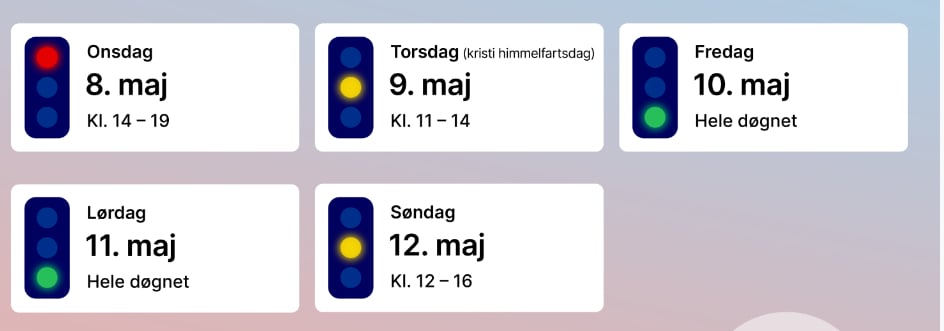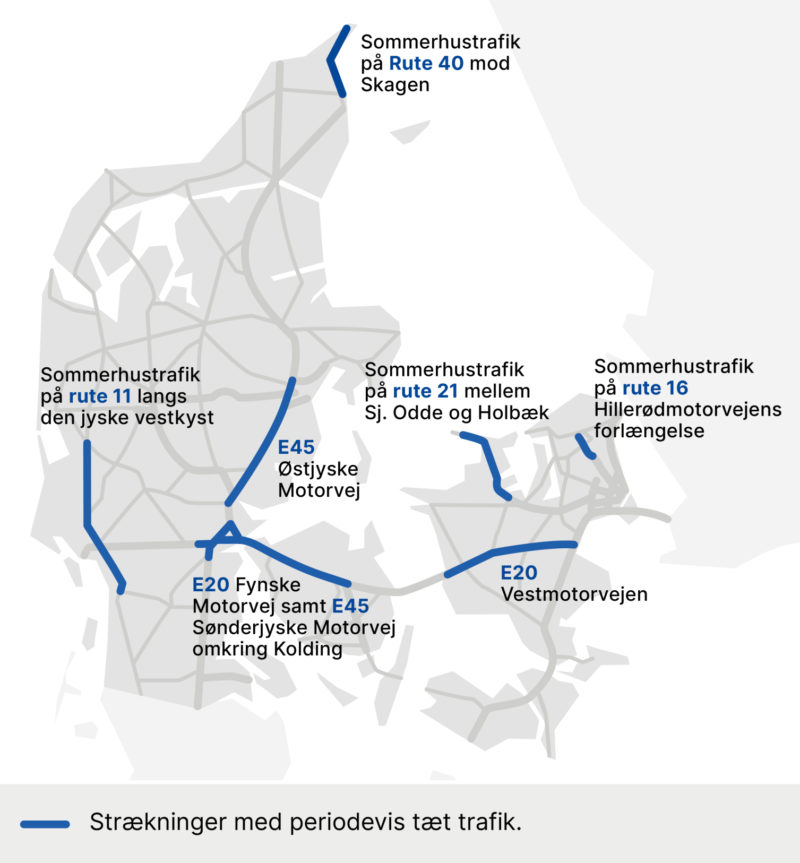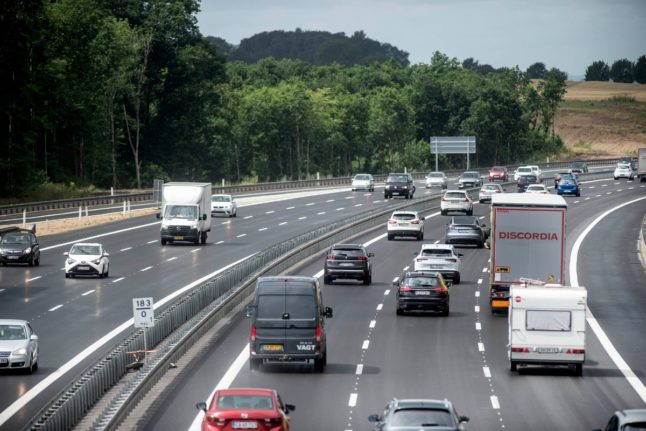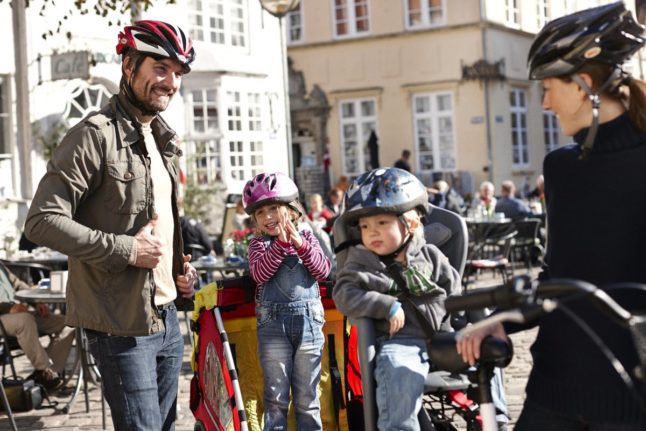When will the traffic be worst?
Denmark’s Roads Directorate expects traffic to start to get heavy from 2pm on Wednesday May 8th as Danes in the big cities leave work early and set off for summer houses by the coast, with congestion likely to continue until at least 7pm.
In its traffic forecast, it predicts that some of the worst period will come late on Wednesday afternoon when cars leaving on holiday will be combined with the normal rush hour traffic, with these times given a red traffic light in its holiday travel guide.
The agency also expects congestion in some areas on Ascension Day itself, May 9th, particularly between 11am and 2pm, although this only warrants an amber traffic light.
When people return from their four-day break, the agency expects traffic to be heaviest on Sunday May 12th between 12am and 4pm, although this again only gets an amber warning.

Where will the traffic be worst?
The directorate is warning of heavy traffic on the E20 motorway between Copenhagen and the Great Belt Bridge over to Funen, across Funen and also around Kolding on Jutland, with traffic dissipating as it then splits off to the various holiday destinations on the peninsular.
It is also warning of heavy traffic on Road 16 and Road 21 in northern Zealand.
On the Jutland peninsular it is forecasting heavy traffic on the Road 40 up to Skagen, on the E45 motorway between Kolding and Aarhus, and on the Road 11 up the west coast of Jutland between Ribe and Ringkøbing.

What can you do to keep up to date with the traffic?
The Roads Directorate recommends that people travelling on Wednesday, Thursday and Sunday check trafikinfo.dk before leaving and also listen to the P4 Trafik station during their journey to stay updated about any incidents or accidents on the roads.



 Please whitelist us to continue reading.
Please whitelist us to continue reading.
Member comments